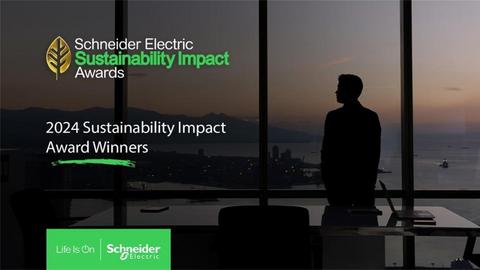Analyses & Studies • Publications
EY: How sustainable finance can help decarbonize the real economy

To fund the transition to a sustainable future, financial institutions need to deepen their knowledge of the businesses they finance.
In brief
- Banks, asset managers and insurers have set out their net-zero goals. To meet them, FIs need to fund ambitious transition pathways.
- FIs that develop granular knowledge of sub-sector transition pathways will be able to structure financing in ways that incentivize tangible climate action.
- To position themselves successfully as transition finance providers, FIs will need to invest in a workforce skilled at analyzing sub-sector pathways.
COP26 will be remembered as the moment when finance moved to the forefront of the fight against climate change. Political surprises — ranging from the "phasing down" of coal to closer cooperation between the US and China — may have grabbed attention. But for the business community, it was finance that generated the headlines.
The global financial services industry has a critical role to play in achieving net zero targets by midcentury. Estimates for the investments required to transition the energy sector alone by 2050 range from between US$3.5 trillion (pdf) and US$5.8 trillion per year. At COP26, former Bank of England Governor Mark Carney announced that 450 major banks, asset managers and institutional investors representing up to US$130 trillion in assets have joined the Glasgow Financial Alliance for Net Zero (GFANZ), with a commitment to align their lending and investment portfolios to Paris Agreement climate goals.
Financial institutions (FIs) recognize that the transition to net zero will involve more than simply investments and underwriting for “green” assets and businesses such as renewables and electric vehicles. In order to achieve net zero across the whole economy, browner, more carbon intensive assets and companies will require financing to help them transition to green. For many businesses, the transition will mean a fundamental change to their operations — and to make those changes happen, they will need capital. Insurers, lenders and investors will play a crucial role in making that capital available and in incentivizing and supporting their clients and investees as they make their transitions.
As the IPCC’s sixth assessment report made abundantly clear earlier this year, rapid action is needed if we are to mitigate against the worst effects of climate change. The report reiterated the need to limit warming to below 1.5˚C and warned that despite these pledges, the IEA claimed that collectively they would only limit average temperature increases to 2.1˚C by the end of the century, which is not even in alignment with the lesser ambition of the Paris Agreement. The IEA’s estimates are optimistic. According to the UN’s latest annual Emissions Gap report, also published in October, climate commitments and plans from national governments are currently aligned with a 2.7˚C temperature increase.
New pledges made in Glasgow, if delivered, could take the world on a trajectory to 1.8˚C of warming at best. However, as stressed by the International Energy Agency (IEA) who analyzed the targets, implementing them will be key and is by no means a given. At a macro level, domestic implementation will mean increased disclosure and transparency requirements, greater scrutiny of targets and transition plans, and consolidation of sustainability reporting frameworks.
Risks and returns
The material risks of climate change — sea level rise, biodiversity loss, drought, wildfires, floods and loss of life — are themselves a compelling reason to act on the transition. To act on climate change is to act in the interests of people and the planet. But as well as their duties to society, FIs are ultimately structured around financial returns. They have a fiduciary duty to identify and protect their shareholders from foreseeable risks that might affect those returns. Failing to act on climate change would increase those risks substantially — and could reduce global annual economic output by $23 trillion by mid-century, according to research by SwissRe. As Emma Herd, EY Oceania Partner for Climate Change and Sustainability Services explains, “the core obligation [of financial services] is to respond to market information and to manage risk and to lean into economic trends, and climate change and sustainability is the biggest economic trend of this century.”
But the transition to net zero will not merely be about risk mitigation, it will also represent a tremendous opportunity for FIs. John Kerry, the U.S. Special Presidential Envoy for Climate, has called the energy transition “a vast commercial opportunity as well as a planetary imperative.” Furthermore, the transition to a low-carbon economy is projected to aid economic growth. A joint analysis by the International Energy Agency and the International Monetary Fund estimates investments in the clean energy transition will add an extra 0.4% to global GDP each year. Under a net-zero pathway, global GDP would be 4% higher by 2030 as compared to other models.
FIs acting early on the transition will be able to take advantage of this global economic opportunity first and they will be paving the way to a more profitable future. But to really grasp this transition opportunity with both hands, EY believes that FIs need to focus on a series of practical steps across the lifecycle of an investment, loan or underwriting process that will enable FIs to better evaluate transition plans at a sector and sub-sector level.
Authors: Gill Lofts, EY Global Financial Services Sustainable Finance Leader, EY Financial Services Wealth & Asset Management Leader, Ernst & Young LLP United Kingdom
Tom Groom, EY Global Client Service Partner
Contributors: Isabelle Santenac, Mike Lee, Max Weber, Jan Bellens


